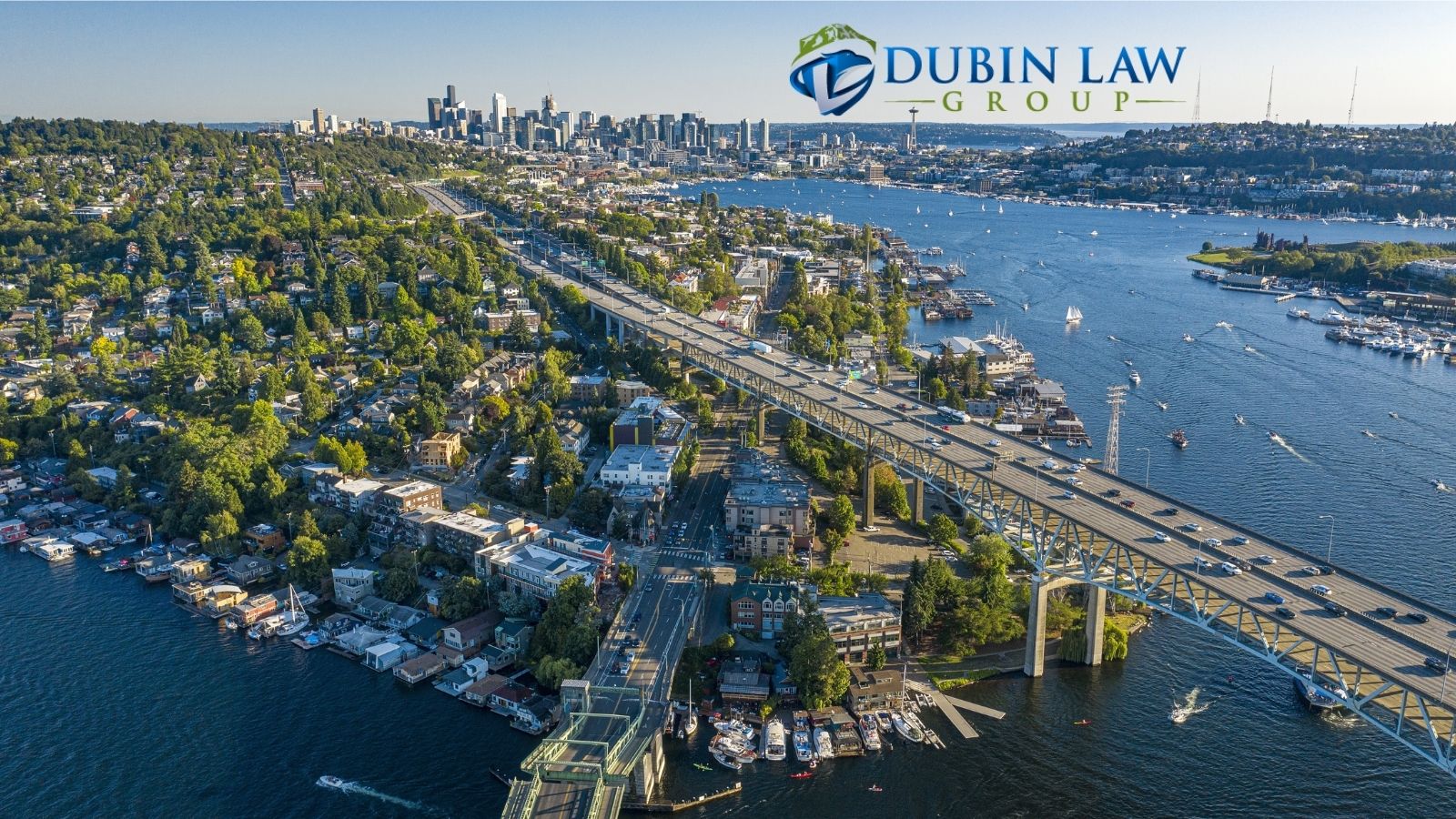If you drive in Seattle, Tacoma or anywhere in western Washington, it’s probable you’ve traveled on I-5. If you follow the news, there seems to be no doubt that 1-5 has some dangerous stretches. This summer, the website MoneyGeek examined over 1,500 fatal accident records from 2017-2019 for 819 roads in Washington to come up with the Top 10 deadliest stretches. Unsurprisingly, 1-5 accounts for four of them.
Here are the Top 10 deadliest stretches of road in Washington, according to the report:
- I-5 between exit 14 to exit 16 in Ridgefield and La Center. Five fatalities during the survey period gave this stretch a fatal accident rate of 1.4 per mile.
- I-5 between exit 137 and exit 142A in Federal Way and Milton. Another five fatalities, but along a shorter stretch of freeway. Fatal accident rate: 1.5 per mile.
- SR-516 from the WA-167 interchange to S. Military Rd. in Kent. Five accidents with six fatalities I the survey period and a fatal accident rate of 2.6 per mile.
- SR-181 from W. Meeker Street to S 180th St. in Tukwila and Kent. Here there were six fatalities during the survey period. Fatal accident rate of 1.3 per mile.
- SR-167 between Tacoma Junction and NW 11ST in Tacoma and Puyallup. Another six fatalities. 1.2 fatal accidents per mile.
- Pacific Highway SR-99 between S 16th Ave. and S 263rd St. in Federal Way and Kent. Six accidents, six fatalities and 1.2 fatal accidents per mile.
- 1-5 from exit 119 to exit 124 in Lakewood and Lakewood Center. Eight fatalities in six accidents during the three-year period surveyed. 1.3 fatal accidents per mile.
- 1-5 from S 96 St. and exit 133 in Tacoma and Lakewood Center. There were eight fatal accidents including eight fatalities during the survey period. Fatal accidents per mile: 1.6.
- Pacific Highway SR-99 from S 252nd St. and S 176th St. in Des Moines, Seatac and Kent. Nine total fatalities during the three-year period; 1.8 fatal accidents per mile.
- Aurora Ave. (SR-99) from N Winona Ave. and N 155th St. in Seattle and Shoreline. Nine fatal accidents with nine fatalities. Fatal accidents per mile: 2.2.
Reading this list carefully, you may notice that Kent is a common location for fatal crashes. It appears in numbers 8, 7, 5 and 2. SR-99 saw more than its fair share of fatal crashes, too – see numbers 5, 2 and 1.
The report also parses the information based on the county where the crash occurred, finding that the Top 5 counties accounted for over half of all fatal accidents in the survey period. The Top 5 counties were among the most densely populated, with King County coming in at the top with 325 fatalities during the survey period. The others were Pierce, Snohomish, Spokane and Yakima.
Survey finds drunk driving, speeding, distraction cause most fatal crashes
MoneyGeek’s examination of fatal accident records also allowed it to see what police officers had marked down as the cause of each wreck. Drunk driving contributed to fully 33% of the fatal accidents studied. Speeding was a factor in 31% and driver distraction was noted down in 24% of the accidents.
It’s important to note that distracted driving, drowsy driving and some other types of negligent driving are hard for police to spot and may be underrepresented in this data.
It’s not just the holidays
It’s true that the holiday season is a risky one, especially due to the increase in overall alcohol use. However, December only accounted for 9% of the fatal crashes in the three-year survey period. The highest percentage of fatal crashes (12.3%) occurred in July, and the majority were attributed to speeding. August came in second at 9.2% and December third.
Are these stretches of road inherently dangerous?
It’s not possible to know for sure based on this survey, but they could be. Traffic engineers should be keeping track of which stretches of road are seeing more fatalities than others and examining the design of the roadways to determine whether there are hazards that could be reduced by a better design.

